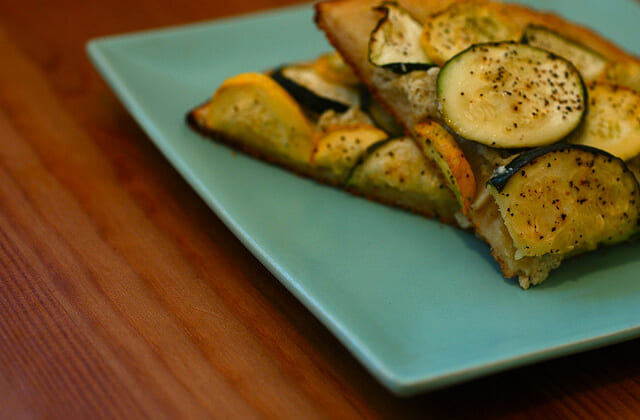
Gluten-free aisles have become as much of a staple as dairy aisle in supermarkets across America. The gluten-free diet has become as trendy as the Atkins diet and The South Beach diet, although it is hardly what any celiac or gluten-sensitive individual would consider a stylish way of eating. The uptick in consumers seeking gluten-free foods has flooded the marketplace with food products carefully “engineered” to be gluten-free, such as pizza, cookies, cakes, pastas and bread. While the corn industry and other food manufacturers have jumped on the bandwagon of this trend, slapping the label “gluten-free” on foods that never contained gluten in the first place.
The surge in interest from consumers stems from the perception that gluten-free foods are healthier. According to a 2010 survey, 50 percent of participants stated they believed gluten-free foods were healthier than other foods – a perception that couldn’t be further from the truth.
What is gluten?
Gluten is a protein found in grains such as wheat, barley, and rye. For those affected by gluten celiac disease, gluten initiates and attack on the small intestines by the body’s own immune system, inhibiting nutrient absorption and inducing GI discomforts, such as diarrhea, constipation and stomach pain. There are an estimated three million Americans suffering from celiac disease (CD), and for these individuals, even the tiniest speck of gluten triggers an autoimmune assault on the small intestine.
There is another group of individuals suffering from negative effects of gluten, however without telltale antibodies to confirm a diagnosis. These individuals are generally unofficially diagnosed as having non-celiac gluten sensitivities and often suffer from chronic fatigue, irritable bowel syndrome and migraines, in addition to other discomforts similar to CD. This lesser-understood disorder is estimated to affect as many as 20 million Americans, but it’s tough to diagnose – it generally requires the lengthy process of any elimination diet – although many doctors have come to assume you have it if your tests for CD (blood work and an intestinal biopsy) are negative but your system still has trouble with gluten.
What’s the dilemma?
For something that can have such a horrific impact on your body, it seems eliminating it from your diet would be the safest, most logical option. The trouble with going gluten-free, however is that it classically contributes to increased rates of obesity and a diet lacking in valuable nutrients, if not very carefully monitored.
One of the most common symptoms of celiac disease is unexplained weight loss. Individuals suffering from a gluten allergy will often become very thin, due to lack of nutrient absorption, until gluten has been eliminated from their diet. Several studies, including one as recently as March 2012, found that body mass index increases with a gluten-free diet, generally into the overweight classification. This particular study, conducted at the Department of Medicine and Division of Gastroenterology, Beth Israel Deaconess Medical Center in Boston, found that nearly 16 percent of subject who begin a gluten-free diet, will become overweight within three years of diagnosis and treatment of celiac disease, while 22 percent of those who were already overweight at time of diagnosis will gain more weight.
And, even if you are not a celiac or non-celiac gluten sensitive patient, going gluten-free can still put you at high-risk for weight gain.
For both groups, gluten-free products are perceived to be healthier, leaving many people to over consume. However, wheat-free versions of pasta, cookies, pizza and bread are often higher in fat and calories and made from tapioca starch. The result is a food product without fiber and valuable nutrients, like iron and B vitamins which white flour is generally enriched with.
What should you do?
If you are not suffering from gluten-sensitivities or celiac disease, your best bet is to pursue a healthy, balanced diet. Gluten-free diets are generally high in fat and low in fiber, which means your risk of heart disease increases, along with the many other benefits of fiber for optimal function of your GI tract and, according to recent studies, reduced inflammation.
For celiac and gluten-sensitive patients fearful for their health and the size of their waistline, you should know that weight gain is not inevitable. You should work with a dietician or your physician to develop a healthy diet without gluten. Supplements are essential to ensuring you consume all the nutrients you need for optimal health, including fiber. Avoid the foods manufactured to be gluten-free and instead stick to natural options, like quinoa, brown rice, beans, vegetables and baked sweet potatoes. If you are looking to indulge in something “forbidden,” opt for making your own delights, liked baked apples sprinkled with cinnamon or pizza with a cauliflower crust.
